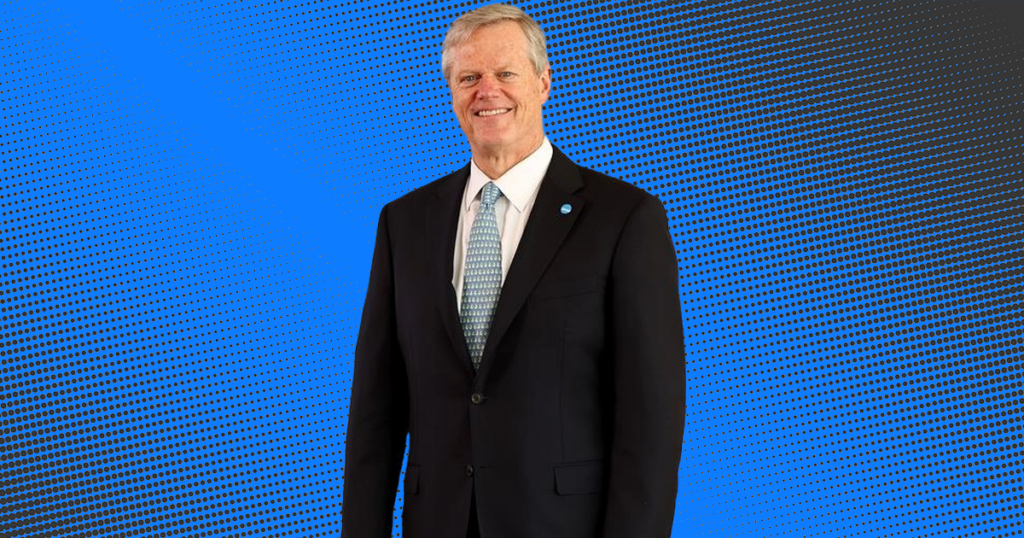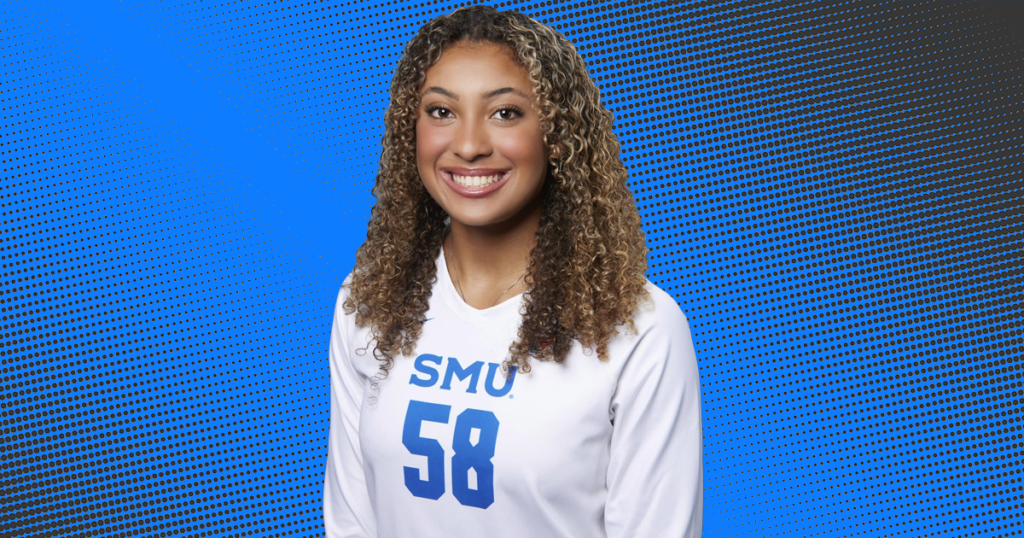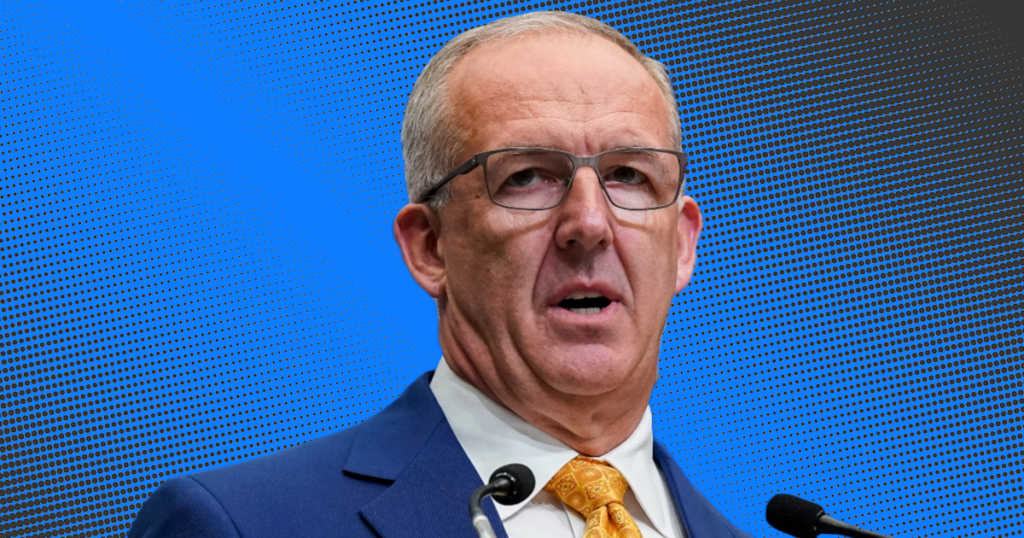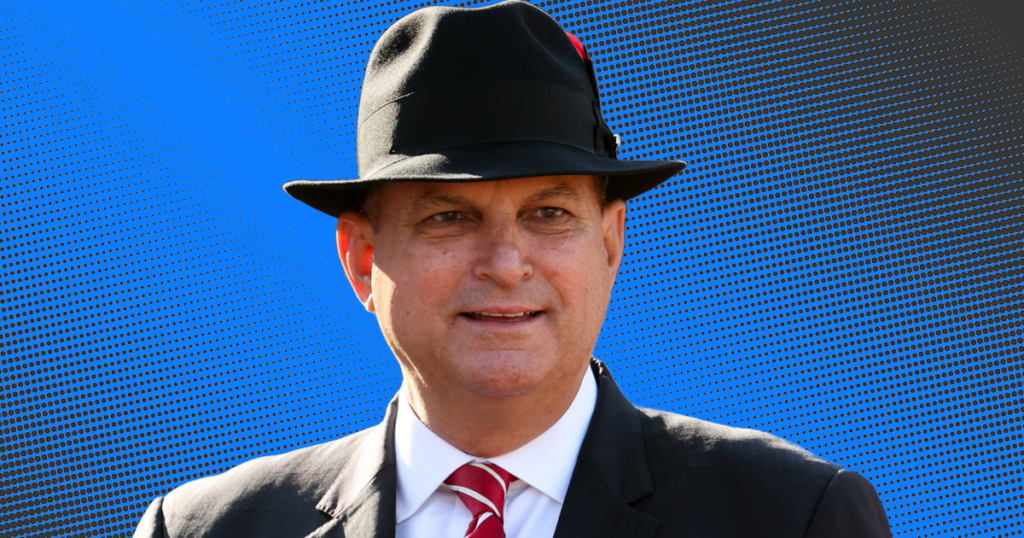'Devastating' or progress? College sports stakeholders weigh potential employee model

The NCAA’s unveiling of its forward-thinking proposal – which would enable schools to directly put dollars into the pockets of athletes – does little to slow the external forces poised to radically reshape the college sports enterprise.
Regardless of how celebrated the innovative plan has been – and big questions surround whether it will even be implemented, much less when – the employment train continues to steadily chug down the tracks toward its destination: a whole new college sports paradigm.
Absent a federal reform bill from Congress that codifies that athletes are not university employees, a growing number of college sports leaders believe at least some athletes will ultimately be deemed employees of their universities by the courts or the National Labor Relations Board.
It is a revolutionary concept that would forever alter the athlete-school relationship and introduce a broad array of implications. Ongoing proceedings on three different fronts in the coming months will begin to provide clarity on the two biggest questions hovering over the entire enterprise: Will at least some college athletes be deemed employees of their universities, and how will that affect the broader enterprise?
“An employee model is really the thing we want to avoid,” Heather Lyke, Pittsburgh’s athletic director, told On3. “I just think it’s detrimental to college athletics. If I look at the spectrum of sports, from peewee Little League to the pros, where you have employment and collective bargaining and true employment status, college athletics right now is in this crazy spot of being the only organized sports that can’t organize and create rules without being attacked from antitrust lawyers – and losing.”
In recent weeks, On3’s reporting team conducted exclusive interviews with more than 50 leading college sports voices – commissioners, athletic directors, collectives, coaches, athletes, NIL and legal experts and others – to gather insights on the industry’s most consequential issues. As part of On3’s State of College Sports project, we will publish their responses, along with accompanying stories.
In tackling the broad question of how an employee model would affect college sports, industry leaders addressed a variety of slices of the issue. Some tackled the far-reaching ramifications of an employment model, others specifically assessed a revenue-sharing model without formal employment. And still, others addressed both potential landscape-shifting economic structures.
IN THEIR OWN WORDS: College stakeholders weigh employee model
Lyke, an ACC representative on the NCAA Division I Council, added: “I see our kids wearing backpacks, sitting in study table. They are not employees. They are not. It would change the whole model. And they’re not professionals. They’re just not in any sense.”
Employee model creates ‘negative consequences’

Ongoing proceedings will begin to answer the employee question on several fronts.
In Pennsylvania, plaintiffs in Johnson v. NCAA, former Villanova football player Trey Johnson and other Division I athletes are asking that athletes be deemed employees subject to the Fair Labor Standards Act. A Boston-based NLRB regional director is weighing the question of whether Dartmouth men’s basketball players are employees and can conduct a union election. Plus, a hearing in Los Angeles will begin Dec. 18 regarding the NLRB complaint against USC, the Pac-12 Conference and the NCAA, which alleges respondents unlawfully misclassify football and men’s and women’s basketball players as student-athletes.
If at least some athletes are deemed university employees, it would radically reshape the college sports landscape. It could usher in the era of collective bargaining, a revenue-sharing model and, according to some, force belt-tightening schools to cut non-revenue sports.
“Making all student-athletes a traditional employee would have tremendous negative consequences: student-athletes let go for a bad performance, or paying taxes on scholarships or room and board, and changing the relationship with teammates or coaches from the positive one enjoyed now to one where employees report to a supervisor,” NCAA President Charlie Baker told On3 in an interview before he released the new reform proposal on Tuesday.
“There is no question college sports has been slow to change. The NCAA is making real progress in delivering greater benefits to student-athletes and will continue to. But employment should not be one of those changes.”
What do athletes think?

Baker testified during the 10th Congressional hearing in October that he’s talked with some 1,000 athletes since he assumed his role in March, and not one told him they want to be a university employee. That anecdotal snapshot stands in contrast with polling conducted by Bill Carter with Student-Athlete Insights of just under 1,100 athletes between Oct. 22 and Oct. 27 – 73% said they’d be in favor of employee status.
Where do some current and former athletes stand on the question?
Alex Glover is an All-AAC volleyball player at SMU with more than 40 NIL deals and intern experience at CBS Sports. Glover told On3: “I don’t feel athletes should be university employees. I believe that scholarships, stipends along with the opportunity to monetize your name, image and likeness are all good examples of ‘payment’ for the student-athlete while representing the said university.”
Tori Ortiz is a former Oklahoma State track athlete who finished her career with the highest On3 NIL Valuation in the sport. Ortiz told On3: “I believe athletes should be ‘university employees.’ Athletic programs bring in so much money to the university, and NIL deals aren’t promised to everyone. If you are an employee, then they’d have to get paid, and even something as small as a stipend to the players who don’t get much love could go a long way.”
Under employment model, ‘we wouldn’t exist’

A growing number of stakeholders believe we are on a slow march toward an employment model. Leaders are grappling with myriad questions that such a model would unlock – in addition to both known and unknown consequences on all athletic levels.
If an employment model takes hold, Greg Sankey, the SEC commissioner, told On3 that Division III athletic directors have told him, “We wouldn’t exist.” Sankey then asks the ADs, “Your Division III program wouldn’t exist for athletics?”
They answer: “No, no, our university. Our college wouldn’t exist because of the enrollment model.”
Betsy Mitchell, Division III Cal Tech’s athletic director, echoed that sentiment, telling On3, “What will happen is we won’t have sports – we won’t have sports. It will all go away. Run the math on it.”
And Jacqie McWilliams Parker, commissioner of the Division II Central Intercollegiate Athletic Association – which mostly consists of historically black colleges and universities – told On3, “I don’t think we would be able to provide, or maybe even stay in the NCAA, if we had to pay our student-athletes and then all the other things that we are currently trying to do to have athletic programs, which are still underfunded at a lot of our institutions.”
Tom Wistrcill, the Big Sky Conference commissioner, said an employee model would be “devastating,” adding that an array of consequences – from hiring and firing athletes to tax implications and union issues – would be “catastrophic.”
Top 10
- 1Breaking
Brady Cook injury
Mizzou QB doubtful to play vs. Alabama
- 2Hot
AJ McCarron slams Bama
'Everyone's worried about f-----g TikTok'
- 3
Coach Prime
Deion Sanders, Colorado are for real
- 4
Not alright, alright
McConaughey admonishes Texas fans
- 5
Travis Hunter
Deion Sanders shares Buffs star will play Saturday vs. Cincinnati
Walker Jones, the executive director of the Ole Miss-focused Grove Collective who also testified in the 10th Congressional NIL hearing, said Olympic sports at some schools could be in danger of being relegated to a club sport level because the institution would not be able to fund the varsity sport in an employee world that includes unionization and collective bargaining.
“That’s where you have to be really careful with the degenerative effect that employment can have,” Jones told On3.
Is there another solution?

Is there a middle-ground compromise that allows athletes to collectively bargain but stops short of an employment model?
Jones referenced conversations with [Notre Dame Athletic Director] Jack Swarbrick, who also testified before Congress in October. Swarbrick is opposed to employee status for athletes but endorses athletes receiving a special exempt status that would enable them to collectively bargain.
“Again, anecdotally, our athletes [want] their fair share, but not at the sacrifice of not being a student-athlete anymore,” Jones said. “How do we get there? I think there’s almost going to be that special exempt status that we codify these athletes as.
“But if it were easy, we’d already be there.”
Several stakeholders broached significant Title IX concerns that would arise with an employment model. And Joe Castiglione, Oklahoma’s athletic director, said if college sports moves to an employment model, it ushers in a professional relationship between school and athlete. That, he said, raises questions about how the traditional recruiting process could be redefined or rendered obsolete.
“Right now, we recruit. Professional leagues draft,” Castiglione told On3. “Will we end up dictating where students go to school? Are we looking at salary caps? Will every student-athlete at every level pay taxes on their scholarships?”
What about revenue sharing without employment?
What may ultimately determine whether some athletes are deemed employees? At the heart of both NLRB cases is the issue of control and how much, if at all, schools exercise it over athletes.
The complaint against USC, the Pac-12 and the NCAA alleges in part that USC’s athlete handbook stipulates the extent to which athletes can engage with media. In a motion to dismiss the charges, USC asserted that it provides “guidelines,” but not “work rules” about how athletes engage with media.
USC stated it encourages athletes to “make yourself available to the media” and that interviews are part of USC’s “educational experience.” It also stressed that USC does not “restrain the student-athletes’ ability to reach out to, respond to, or otherwise engage with the media in any way.” However, in recent weeks On3 emailed two USC spokespeople to ask if a single athlete – any athlete – from any of its teams would be “available” to answer a handful of open-ended questions about NIL and the state of college sports.
USC never responded.
However those proceedings play out, sources said it’s possible to implement revenue sharing – where athletes receive a slice of the broadcast revenue pie – without a full-fledged employment model.
While the college sports world twists in the wind as the courts and NLRB weigh the employee question, revenue sharing could occur right now. It remains to be seen if Baker’s proposal – which is not revenue sharing, per se, but a step in that direction – is ultimately adopted.
In light of the recent study by the Knight Commission on Intercollegiate Athletics, which found that some $1.4 billion annually in new revenue will be generated by the expanded CFP, expect debate to intensify over whether a slice of that pie belongs in the pockets of athletes on the field.
“We’re going to be focused on revenue sharing,” Jason Stahl, founder of the College Football Players Association, told On3, “which needs to happen from that pot directly to FBS football players whose labor generates all that new wealth. And so, revenue sharing can happen without employee status – and we intend to prove that.”